Menu

In the final month of infancy, you might observe signs indicating your baby is entering a more independent phase, offering a sneak peek into the toddler years ahead. While some babies may start walking or talking, it’s perfectly normal if they haven’t.
Embrace the joy of exploration, communication, and inevitable mischief. Get ready for an energetic ride with your active baby, as they’re about to keep you on your toes!
At 11 months, your baby is transitioning from getting taller and standing strong. As they stand up more frequently, they gain a new perspective on the world, making it even more captivating. This shift in view sparks excitement, motivating your baby to explore the surroundings in this upright position.
Get ready for a new level of discovery – your little one is eager to engage with the world from this newfound height!
At 11 months, boys typically weigh around 20.8 pounds and measure approximately 29.3 inches, while girls weigh around 19.2 pounds and have a length of about 28.7 inches on average. Additionally, during this month, your baby will be gaining more muscle, and as they become more mobile, you may notice a reduction in those adorable baby rolls.
It’s all part of their development as they grow and explore their newfound abilities.
Once your baby begins rolling over, they become increasingly mobile, especially at 11 months when they are actively exploring by pulling up and crawling. Walking might be just around the corner!
Ensure your baby’s safety by babyproofing your home with these tips:
At this stage, your baby is likely consuming three solid meals a day in addition to nursing or having formula. Since their meal schedule is becoming more predictable, it could be a good time to introduce family mealtimes. This allows your little one to join in during regular family meals, promoting a sense of routine, social interaction, and shared experiences around food.
According to Stanford Children’s Health, incorporating a well-balanced selection of foods into your 11-month-old’s diet is ideal for their overall health and development. This includes 5 to 8 tablespoons of dry, iron-fortified infant cereal mixed with formula or breastmilk to ensure sufficient iron intake.
Additionally, offering 2 to 4 tablespoons of mashed or strained cooked fruits twice a day and 2 to 4 tablespoons of mashed, soft vegetables twice daily provides a diverse range of essential nutrients.
Finally, introducing 2 to 3 tablespoons of finely chopped table meats, fish without bones, or mild cheese twice a day ensures a protein-rich diet. These recommendations aim to support your baby’s growth and development.
Finger foods are bite-sized pieces that your baby can easily pick up and eat. Introducing them early, shortly after starting solids, helps your baby adapt to various textures, enhances coordination, and encourages self-feeding. Here are some soft and safe options for your baby to explore:
By now, your little one should be more confident using a cup and taking sips of water independently. Be cautious of sweet drinks, such as squash, fizzy drinks, milkshakes, and fruit juice, as they can contribute to tooth decay due to their high sugar content. This applies even to baby and toddler drinks, which may also contain sugar, so it’s advisable to avoid them.
It’s recommended by the American Academy of Pediatrics (AAP) to avoid giving juice regularly to babies under 12 months. Once they reach their first birthday, you can gradually introduce limited amounts of juice into their diet.
According to the American Academy of Sleep Medicine, babies below 12 months generally require 12 to 16 hours of sleep within 24 hours. After turning 1, this decreases to 11 to 14 hours.
Anticipate your baby needing around 12 to 13 hours of sleep, combining nighttime rest and naps. Ensure a minimum of 10 hours of nightly sleep and include two naps during the day for optimal sleep duration. (4)
If your 11-month-old, who used to sleep through the night, is experiencing disrupted sleep, it might be a sleep regression. These phases are usually temporary, so stay patient. To help reinforce your nighttime routine, ensure bedtime is consistent and relaxing. Consistency can be reassuring for your baby during this period of change.
Support your baby through this challenging phase by incorporating these strategies:

At 11 months, your baby’s vision has developed, allowing them to see clearly and sharply, even at longer distances. You’ll likely observe their joy as their face lights up when you enter a room. They can now distinguish between various shapes and colors and recognize specific objects, such as a favorite toy or stuffed animal.
Familiar and loving faces are still your baby’s favorite things to look at, but they also may enjoy looking at pictures in books, especially familiar images. Your baby may love objects with moving parts or pieces and will spend lots of time staring at and manipulating them, trying to figure out how or why they work. Take your baby with you to see new and interesting places. Point out the sights and label them by name.
It’s a wonderful phase of visual exploration and recognition in their development.

Your baby has absorbed your words since birth and recognizes common terms like ball, cup, and bottle. You’ll notice their understanding when, for instance, you ask, “Where’s Daddy?” and your baby looks in his direction, or you instruct, “Go find the ball,” and they crawl straight to it. Responding to their name and acknowledging “No!” are already part of their communication skills.
Consistently naming simple objects throughout the day reinforces the concept that everything has a name. Your baby is learning and storing information about what familiar objects are called, paving the way for their ability to form words in the future.

As your baby becomes more independent in moving around, whether by scooting, crawling, or walking, they are eager to explore and touch things around them. After ensuring the environment is safe and free from potential hazards and small objects, let your baby discover various textures and surfaces within your home and yard.
Encourage exploration, like letting them feel the mushiness of a banana on the highchair tray or experience the hardness and coldness of ice cubes. Introduce different textures, such as sandpaper, and let your baby gently rub their hand over its coarse surface before moving it to the smooth coolness of a stainless-steel sink.
Despite all these new sensations, your loving touch remains the most significant for your baby. Make sure to shower them with hugs and kisses every chance you get.

Your baby is forming food preferences at this stage. It’s important to continue introducing foods with diverse tastes and smells. Persistence is key – don’t be discouraged if your baby doesn’t immediately take to a new food. It might take ten tries or more before they develop a liking for it.
Additionally, engaging your baby’s sense of smell is beneficial. Taking them outside exposes them to various scents, from the sweet fragrance of flowers to the distinct smell of freshly cut grass. This sensory exploration contributes to their overall development and can enhance their awareness of the world.

At 11 months, your baby’s vision has developed, allowing them to see clearly and sharply, even at longer distances. You’ll likely observe their joy as their face lights up when you enter a room. They can now distinguish between various shapes and colors and recognize specific objects, such as a favorite toy or stuffed animal.
Familiar and loving faces are still your baby’s favorite things to look at, but they also may enjoy looking at pictures in books, especially familiar images. Your baby may love objects with moving parts or pieces and will spend lots of time staring at and manipulating them, trying to figure out how or why they work. Take your baby with you to see new and interesting places. Point out the sights and label them by name.
It’s a wonderful phase of visual exploration and recognition in their development.

Your baby has absorbed your words since birth and recognizes common terms like ball, cup, and bottle. You’ll notice their understanding when, for instance, you ask, “Where’s Daddy?” and your baby looks in his direction, or you instruct, “Go find the ball,” and they crawl straight to it. Responding to their name and acknowledging “No!” are already part of their communication skills.
Consistently naming simple objects throughout the day reinforces the concept that everything has a name. Your baby is learning and storing information about what familiar objects are called, paving the way for their ability to form words in the future.

As your baby becomes more independent in moving around, whether by scooting, crawling, or walking, they are eager to explore and touch things around them. After ensuring the environment is safe and free from potential hazards and small objects, let your baby discover various textures and surfaces within your home and yard.
Encourage exploration, like letting them feel the mushiness of a banana on the highchair tray or experience the hardness and coldness of ice cubes. Introduce different textures, such as sandpaper, and let your baby gently rub their hand over its coarse surface before moving it to the smooth coolness of a stainless-steel sink.
Despite all these new sensations, your loving touch remains the most significant for your baby. Make sure to shower them with hugs and kisses every chance you get.

Your baby is forming food preferences at this stage. It’s important to continue introducing foods with diverse tastes and smells. Persistence is key – don’t be discouraged if your baby doesn’t immediately take to a new food. It might take ten tries or more before they develop a liking for it.
Additionally, engaging your baby’s sense of smell is beneficial. Taking them outside exposes them to various scents, from the sweet fragrance of flowers to the distinct smell of freshly cut grass. This sensory exploration contributes to their overall development and can enhance their awareness of the world.
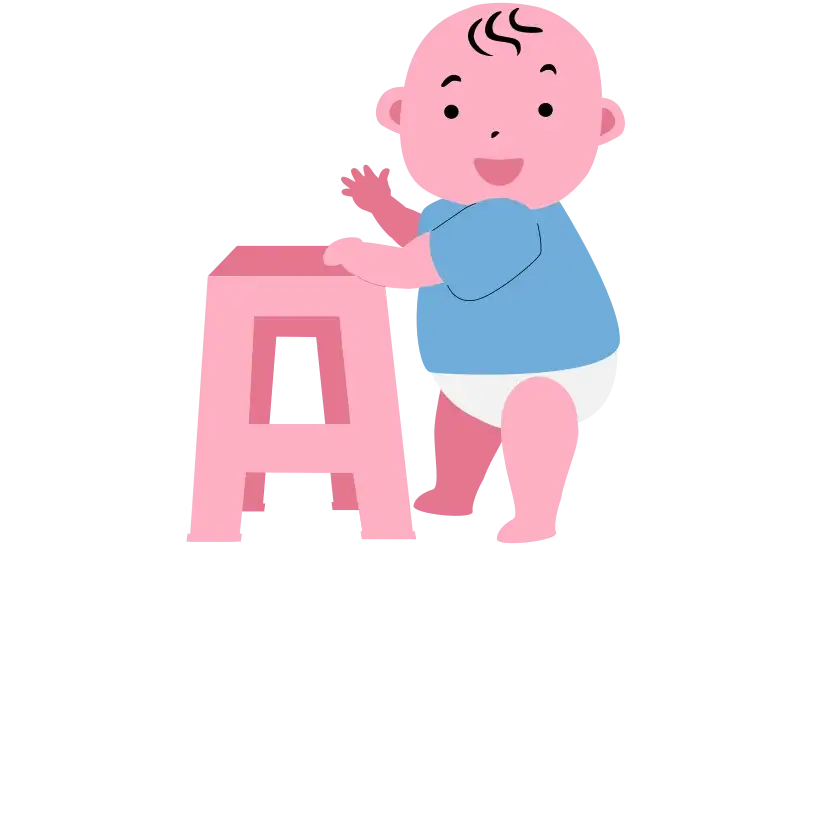
At this stage, your baby may be able to pull themselves up and cruise along furniture. They might take a few steps while holding on, showcasing the early stages of independent walking.

The emergence of your baby’s first recognizable word is a significant milestone in language development. A simple word like “mama” or “dada” might indicate their growing communication ability.

Progressing from their first word, your baby may start to utter more simple words. These could include names of familiar objects, people, or simple commands.
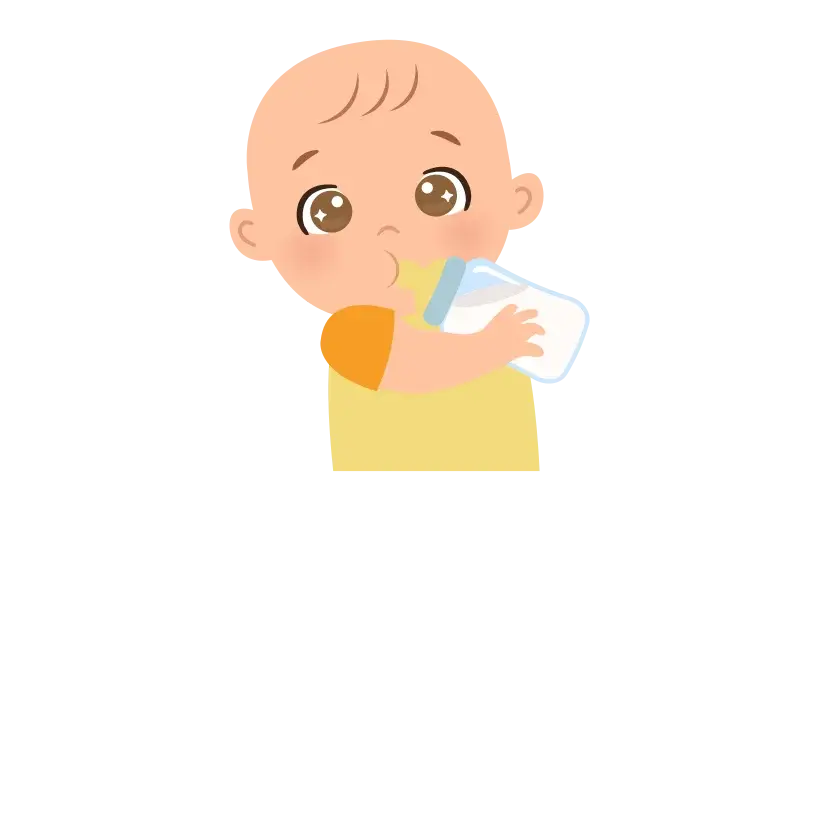
Your 11-month-old is likely mastering a sippy cup, showcasing improved hand-eye coordination and the ability to hold and drink independently.
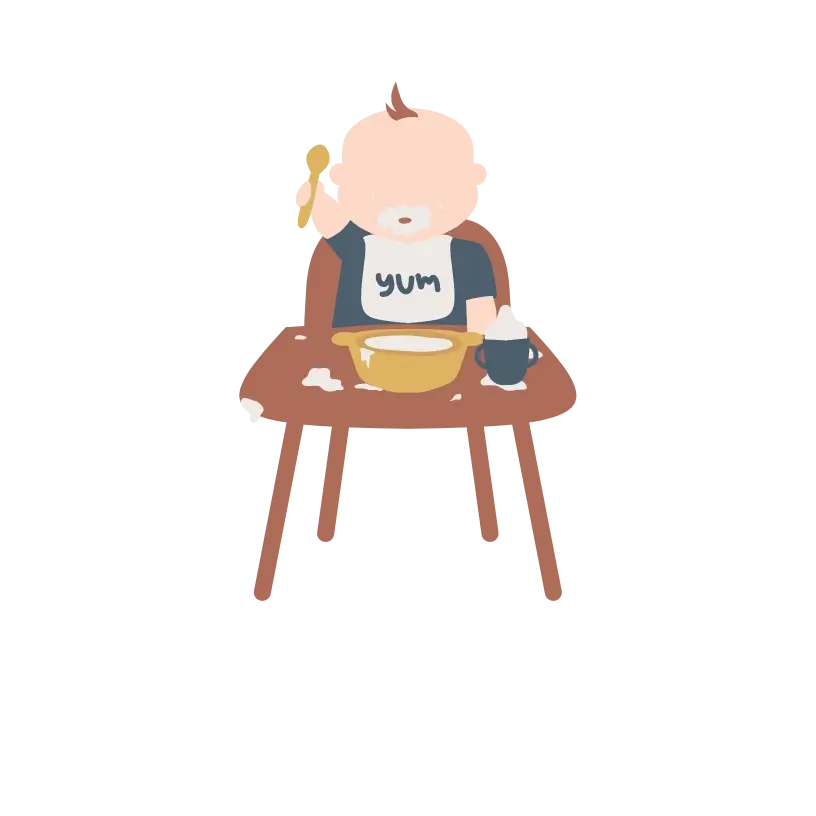
As fine motor skills advance, your baby might attempt to use a spoon during meals. This marks a step towards self-feeding and a growing sense of independence.
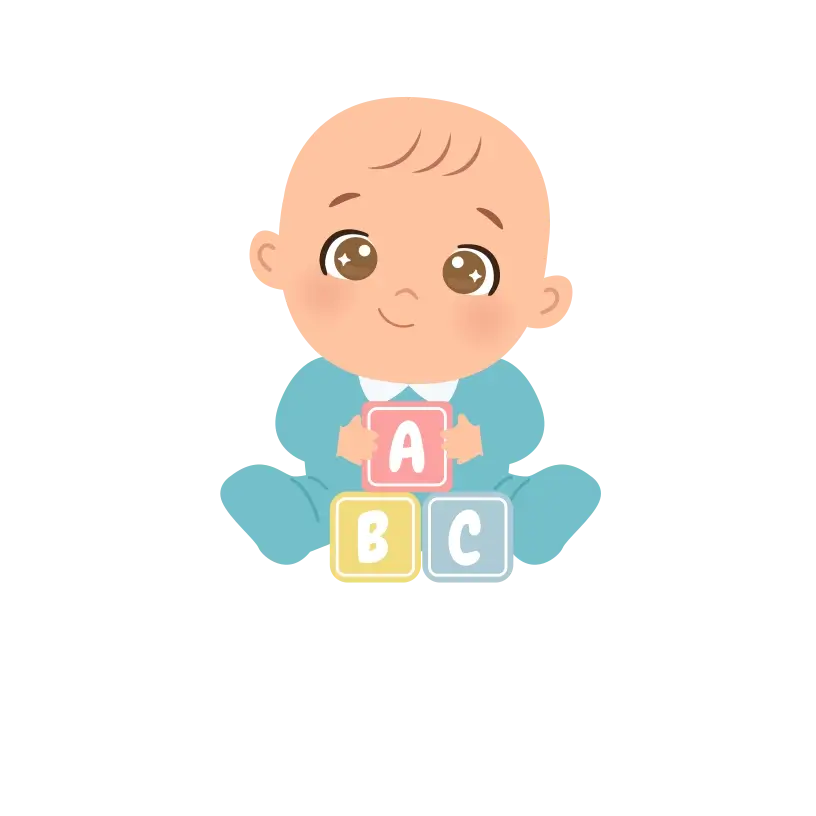
Engaging with stacking toys involves stacking and coordinating movements to build and arrange objects. This demonstrates the development of hand-eye coordination and fine motor skills.
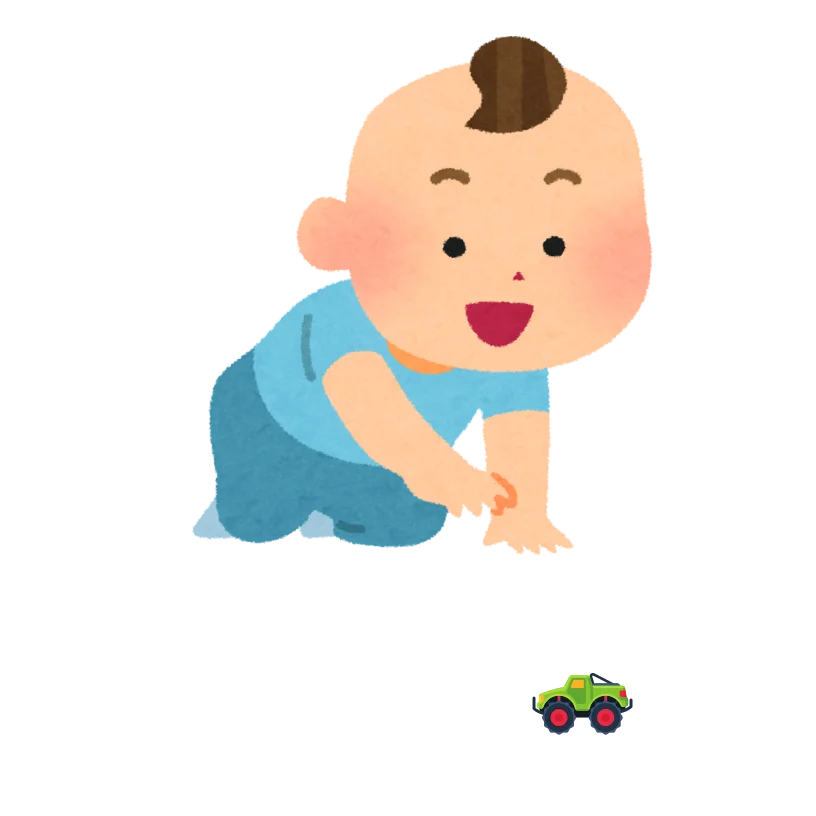
The ability to point indicates cognitive and social growth. Your baby starts recognising and expressing interest in specific objects, people, or surroundings.

Experimenting with throwing objects is a motor skill milestone. It shows developing coordination and an understanding of cause and effect.
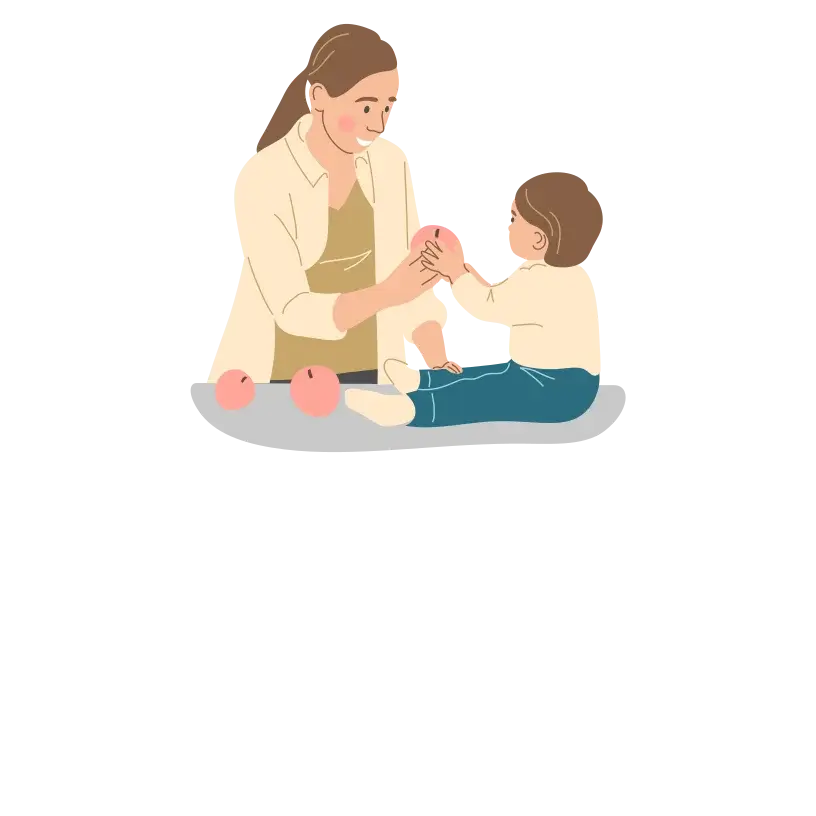
Your baby may start comprehending and responding to basic commands, reflecting advancements in language understanding and cognitive abilities.

Understanding the concept of sharing involves social and emotional development. Your baby is beginning to grasp the idea of taking turns and sharing with others, showing early social skills.

At this stage, your baby may be able to pull themselves up and cruise along furniture. They might take a few steps while holding on, showcasing the early stages of independent walking.

The emergence of your baby’s first recognizable word is a significant milestone in language development. A simple word like “mama” or “dada” might indicate their growing communication ability.

Progressing from their first word, your baby may start to utter more simple words. These could include names of familiar objects, people, or simple commands.

Your 11-month-old is likely mastering a sippy cup, showcasing improved hand-eye coordination and the ability to hold and drink independently.

As fine motor skills advance, your baby might attempt to use a spoon during meals. This marks a step towards self-feeding and a growing sense of independence.

Engaging with stacking toys involves stacking and coordinating movements to build and arrange objects. This demonstrates the development of hand-eye coordination and fine motor skills.

The ability to point indicates cognitive and social growth. Your baby starts recognising and expressing interest in specific objects, people, or surroundings.

Experimenting with throwing objects is a motor skill milestone. It shows developing coordination and an understanding of cause and effect.

Your baby may start comprehending and responding to basic commands, reflecting advancements in language understanding and cognitive abilities.

Understanding the concept of sharing involves social and emotional development. Your baby is beginning to grasp the idea of taking turns and sharing with others, showing early social skills.
With your 11-month-old being quite active, engage them in calm and entertaining activities. Here are some ideas to keep them occupied:
While there aren’t strict restrictions on snack foods for your 11-month-old, it’s essential to avoid items like honey, cow’s milk, and potential choking hazards such as grapes, hot dogs, raisins, nuts, popcorn, hard candy, marshmallows, cubes of cheese, cherry tomatoes, and raw carrots.
Opt for safer choices like yoghurt, cottage cheese, dry cereal, applesauce, well-cooked pasta, smashed tofu, soft or shredded cheese, and scrambled eggs. When offering snacks, ensure your baby is securely buckled in a high chair and supervised to prevent choking.
Based on the average, your 11-month-old boy should weigh around 20.8 pounds, and a girl should weigh around 19.2 pounds. However, every child is different, so as long as your little one is healthy and steadily growing, their weight may vary slightly from these averages.
Navigating sleep regression with an 11-month-old can be challenging, especially with their newfound super activity during the day. If your little one isn’t unwell, it might be a temporary regression lasting a few weeks.
Establishing a calming bedtime routine and sticking to their usual bedtime can help get them back on track – starting earlier often works wonders!
The Centers for Disease Control and Prevention (CDC) recommends that babies between the age of 6-12 months should consume 4-8 ounces of water daily.
It’s completely normal for babies to hit speech milestones at varying times. At 11 months, some may not have started saying words yet. Each baby follows their developmental path. You can encourage communication by talking to your baby, reading, and singing.
If you’re still concerned as time goes on, discussing it with your pediatrician is a great step. They can provide insight into your child’s development and helpful tips.
While there aren’t strict restrictions on snack foods for your 11-month-old, it’s essential to avoid items like honey, cow’s milk, and potential choking hazards such as grapes, hot dogs, raisins, nuts, popcorn, hard candy, marshmallows, cubes of cheese, cherry tomatoes, and raw carrots.
Opt for safer choices like yoghurt, cottage cheese, dry cereal, applesauce, well-cooked pasta, smashed tofu, soft or shredded cheese, and scrambled eggs. When offering snacks, ensure your baby is securely buckled in a high chair and supervised to prevent choking.
Based on the average, your 11-month-old boy should weigh around 20.8 pounds, and a girl should weigh around 19.2 pounds. However, every child is different, so as long as your little one is healthy and steadily growing, their weight may vary slightly from these averages.
Navigating sleep regression with an 11-month-old can be challenging, especially with their newfound super activity during the day. If your little one isn’t unwell, it might be a temporary regression lasting a few weeks.
Establishing a calming bedtime routine and sticking to their usual bedtime can help get them back on track – starting earlier often works wonders!
The Centers for Disease Control and Prevention (CDC) recommends that babies between the age of 6-12 months should consume 4-8 ounces of water daily.
It’s completely normal for babies to hit speech milestones at varying times. At 11 months, some may not have started saying words yet. Each baby follows their developmental path. You can encourage communication by talking to your baby, reading, and singing.
If you’re still concerned as time goes on, discussing it with your pediatrician is a great step. They can provide insight into your child’s development and helpful tips.
1. Center for Disease Control and Prevention: Food and Drinks
2. Center for Disease Control and Prevention: Data Table of Infant Weight-for-age Charts
3. Center for Disease Control and Prevention: Data Table of Infant Length-for-age Charts
4. American Academy of Sleep Medicine: Sleep Education
5. American Academy of Pediatrics: Where we Stand: Fruits Juice for Children
6. KidsHealth: Your Baby’s Hearing, Vision, and Other Senses: 11 Months
7. Nationwide Children’s: Babies Warning Signs
8. Raising Children: 11-12 Months: Baby Development
9. Sleepout: Understanding the Cause of Your Baby’s 11-Month Sleep Regression
10. Stanford Children’s Health:
© Mindsmaking 2024